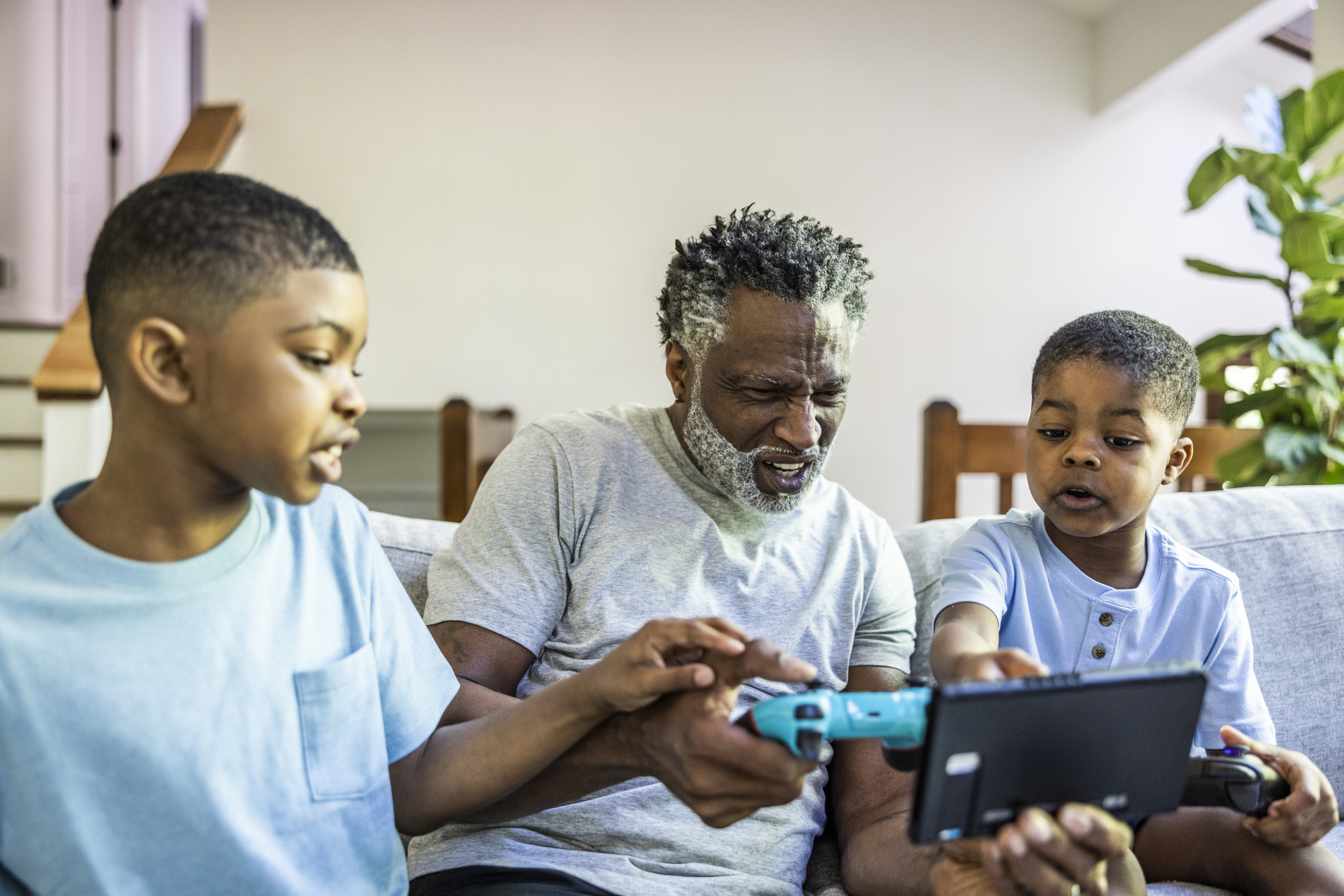Is Passive Investing 'Worse Than Marxism'?
A set-it-and-forget-it investing approach is certainly a pretty easy route for retirement savers to take, but it might be contributing to some big problems for portfolios, and even the market itself, down the line.

Passive investing is taking over the world. Okay, that's an exaggeration, but investment researchers at Sanford C. Bernstein & Co. say that nearly half of equity assets in the United States are passively managed, and the trend is growing. These same researchers called passive investing "worse than Marxism."
What exactly is passive investing, and why is it a problem? According to Investopedia, "Passive investing is an investment strategy that aims to maximize returns over the long run by keeping the amount of buying and selling to a minimum." Investors do this by purchasing index funds and exchange-traded funds (ETFs). So what's the problem?
Passive Investing Returns Fall Short
Index funds and ETFs have underperformed Standard & Poor's 500-stock index over the past two years, according to Steven Bregman, co-founder of Horizon Kinetics, an investment adviser firm with a "long-term, contrarian, fundamental value investment philosophy."
From just $107.88 $24.99 for Kiplinger Personal Finance
Become a smarter, better informed investor. Subscribe from just $107.88 $24.99, plus get up to 4 Special Issues

Sign up for Kiplinger’s Free Newsletters
Profit and prosper with the best of expert advice on investing, taxes, retirement, personal finance and more - straight to your e-mail.
Profit and prosper with the best of expert advice - straight to your e-mail.
Why? It could be simply the nature of these types of investments. When investors buy into an index fund, they're investing in a predetermined list of stocks. The managers of that index fund have to buy those stocks on the list without considering the valuation of those companies.
As Bregman says, the rise of passive investing "allows the herd to crowd assets and escalate their power without accountability to fundamentals." Does this sound a like a good idea?
A Factor in Bubbles and Flash Crashes
Worse yet, the rise of passive investing may be creating one of the biggest bubbles ever. A bubble can be defined as a situation where money flows in a certain direction without the movement being based on a valuation, which also seems to be one of the defining features of passive investing.
And there's another issue: Computers run index funds and ETFs. The computers buy whenever there's a dip. Those same computers sell when the trend turns the other way, and that can create an irrational panic where even more people sell. Remember the Flash Crash of May 6, 2010? That day the S&P 500 fell 7% in less than 15 minutes. This plunge was partly caused by computers selling off ETFs and index funds. Imagine the bubble—and the crash—if people continue to pour money into passive investing.
The Bottom Line for Investors
Passive investing has its champions. Index funds and ETFs can be low-cost, easy-to-buy, and well, passive—investors don't have to do anything more once they've bought in. But passive investing can also carry danger for individual investors, and maybe more importantly, for the market as a whole.
What Should You Do About It?
Be an active passive investor. Meaning that you should have a stop loss strategy for your equity holdings to protect against large losses when the inevitable bear market comes.
Also, don't forget to rebalance your portfolio quarterly so as to not become overweighted in one sector or index, which can increase your risk.
Profit and prosper with the best of Kiplinger's advice on investing, taxes, retirement, personal finance and much more. Delivered daily. Enter your email in the box and click Sign Me Up.

Ken Moraif is the CEO and founder of Retirement Planners of America (RPOA), a Dallas-based wealth management and investment firm with over $3.58 billion in assets under management and serving 6,635 households in 48 states (as of Dec. 31, 2023).
-
 Are T-Mobile's Prepaid Perks a Home Run or a Strikeout?
Are T-Mobile's Prepaid Perks a Home Run or a Strikeout?T-Mobile's prepaid lineup promises MLB.TV, T-Mobile Tuesdays and hotspot data. But do the perks make it worth switching?
-
 Verizon Home Internet Is Offering Free Tech to New Customers
Verizon Home Internet Is Offering Free Tech to New CustomersVerizon’s latest home-internet promotion includes free tech, but the real savings depend on pricing, speed needs and how long you stay.
-
 Retirees in These 7 States Could Pay Less Property Taxes Next Year
Retirees in These 7 States Could Pay Less Property Taxes Next YearState Taxes Retirement property tax bills could be up to 65% cheaper for some older adults in 2026. Do you qualify?
-
 5 Smart Things to Do With Your Year-End Bonus, From a Financial Professional
5 Smart Things to Do With Your Year-End Bonus, From a Financial ProfessionalAfter you indulge your urge to splurge on a treat, consider doing adult things with the extra cash, like paying down debt, but also setting up a "fun fund."
-
 Are You a Gen X Investor? Here's How You Can Protect Your Portfolio From an AI Bubble
Are You a Gen X Investor? Here's How You Can Protect Your Portfolio From an AI BubbleAmid talk of an AI bubble, what's the best course of action for investors in their 50s and 60s, whose retirement savings are at risk from major market declines?
-
 Hey, Retirees: Put Your Charitable Gifts in a Donor-Advised Fund (and Enjoy Your Tax Break)
Hey, Retirees: Put Your Charitable Gifts in a Donor-Advised Fund (and Enjoy Your Tax Break)A donor-advised fund is a simple (really!), tax-smart strategy that lets you contribute a large, tax-deductible gift now and then distribute grants over time.
-
 Nasdaq Sinks 418 Points as Tech Chills: Stock Market Today
Nasdaq Sinks 418 Points as Tech Chills: Stock Market TodayInvestors, traders and speculators are growing cooler to the AI revolution as winter approaches.
-
 If You're a U.S. Retiree Living in Portugal, Your Tax Plan Needs a Post-NHR Strategy ASAP
If You're a U.S. Retiree Living in Portugal, Your Tax Plan Needs a Post-NHR Strategy ASAPWhen your 10-year Non-Habitual Resident tax break ends, you could see your tax rate soar. Take steps to plan for this change well before the NHR window closes.
-
 Stocks Chop as the Unemployment Rate Jumps: Stock Market Today
Stocks Chop as the Unemployment Rate Jumps: Stock Market TodayNovember job growth was stronger than expected, but sharp losses in October and a rising unemployment rate are worrying market participants.
-
 Your Year-End Tax and Estate Planning Review Just Got Urgent
Your Year-End Tax and Estate Planning Review Just Got UrgentChanging tax rules and falling interest rates mean financial planning is more important than ever as 2025 ends. There's still time to make these five key moves.
-
 What Makes This Business So Successful? We Find Out From the Founder's Kids
What Makes This Business So Successful? We Find Out From the Founder's KidsThe children of Morgan Clayton share how their father's wisdom, life experience and caring nature have turned their family business into a respected powerhouse.